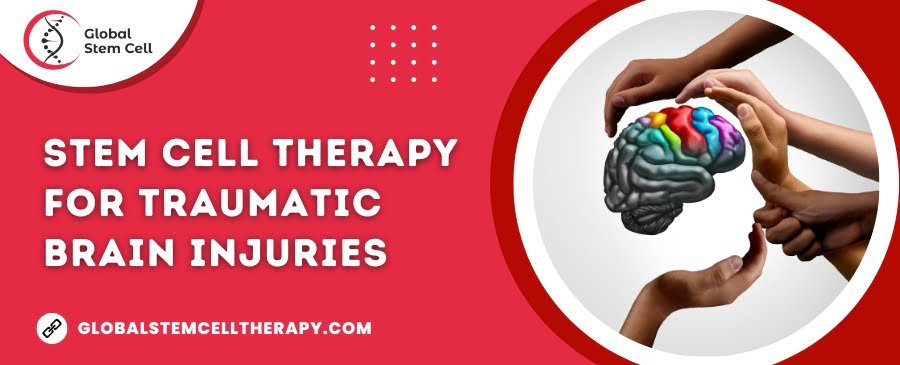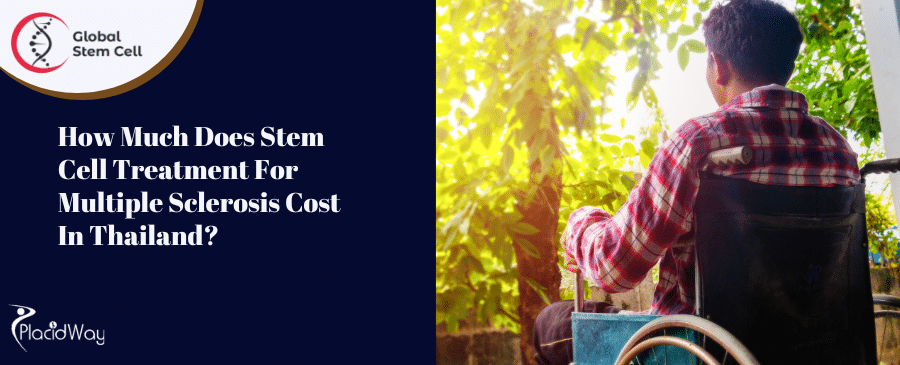Stem Cell Therapy for Traumatic Brain Injuries
Traumatic brain injuries (TBI) are a major cause of death and disability worldwide. TBI can lead to a wide range of symptoms, including cognitive impairment, memory loss, and mood changes, as well as physical symptoms like paralysis and seizures. Despite advancements in medical care and rehabilitation, there is still no cure for TBI, and many patients experience long-term or permanent disability.
However, in recent years, stem cell therapy has emerged as a promising treatment option for TBI. Stem cells are unique in that they have the ability to differentiate into various cell types, including nerve cells, and can potentially replace damaged cells in the brain. This can result in improved brain function and a reduction in symptoms.
Types of Stem Cells Used in TBI Therapy
There are two main types of stem cells used in TBI therapy: embryonic stem cells and adult stem cells. Embryonic stem cells are pluripotent, meaning they have the ability to differentiate into any type of cell in the body. Adult stem cells are found in different tissues and organs and are more limited in their differentiation potential. Both types of stem cells have shown promise in animal studies, but more research is needed to determine their safety and efficacy in humans.
How stem cell therapy helps to treat Traumatic Brain Injuries?
Stem cell therapy for traumatic brain injuries (TBI) works by promoting the regeneration of damaged cells in the brain. The goal is to replace the damaged cells with new, healthy cells to improve brain function and reduce symptoms.
When stem cells are infused into the bloodstream or directly implanted into the brain, they have the ability to differentiate into various cell types, including nerve cells. This can result in the creation of new cells in the brain, which can then help to repair the damage caused by TBI.
Benefits of Stem Cell Therapy for TBI
One of the benefits of stem cell therapy for TBI is its non-invasive nature. In some cases, stem cells can be infused into the bloodstream, where they can then migrate to the site of injury and differentiate into new cells. In other cases, stem cells can be directly implanted into the brain. In both cases, the goal is to promote the regeneration of damaged cells and improve brain function.
Despite its potential benefits, stem cell therapy for TBI is still in the early stages of development, and there is limited evidence on its safety and efficacy in humans. In addition, there are many factors that can affect the outcome of stem cell therapy, including the type of stem cells used, the method of delivery, and the stage of the injury.
Overall, terapia cu celule stem offers a promising new approach to treating TBI and its associated symptoms. However, more research is needed to fully understand the benefits and risks of this treatment and to determine its safety and efficacy in humans. If you or a loved one is suffering from TBI, it’s important to work with a doctor or specialist to determine the best course of action, which may include a combination of traditional medical treatments and alternative therapies like stem cell therapy.
For more details about Stem Cell Therapy for Traumatic Brain Injuries and clinici de celule stem, Contactați-ne astăzi:







